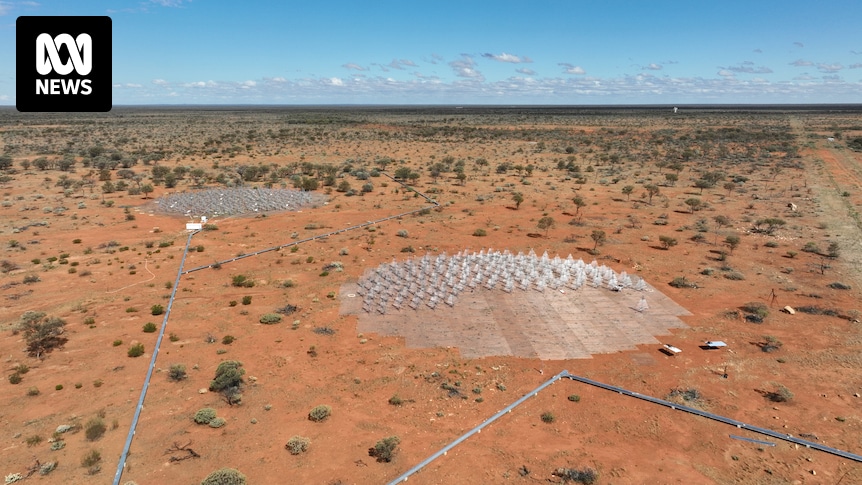Implications of Growing Satellite Noise on the Square Kilometre Array Telescope
The Square Kilometre Array (SKA) radio telescope being built in Western Australia’s outback may face challenges from increasing satellite ‘noise’ in Earth’s orbit. With an expected surge in the number of satellites orbiting Earth by 2030, the SKA telescope, designed to detect faint radio signals from space, may struggle to pick up signals amidst the interference caused by satellites like SpaceX’s Dragon and Amazon’s Project Kuiper. The SKA Observatory’s spectrum manager, Federico Di Vruno, likened the situation to trying to listen for whispers while being bombarded with loud noise from passing satellites. As the density of satellites in Earth’s orbit continues to rise, the SKA telescope may need to adapt to filter out unwanted interference to achieve its goal of observing the birth of stars and galaxies.
The Impact of Satellite Interference on Radio Astronomy Observatories
The increase in satellite interference poses a significant challenge for radio astronomy observatories like the National Radio Astronomy Observatory in the United States. Dr. Chris De Pree, the deputy spectrum manager, highlighted the difficulties faced in trying to conduct observations amidst the «yelling» of satellites with bullhorns. The interference has reached a point where some scientists are exploring the possibility of setting up radio astronomy facilities on the far side of the moon to escape Earth’s emissions. As satellite companies continue to launch more satellites into orbit, the radio astronomy community faces the ongoing challenge of balancing their observations with the growing presence of satellites in space.
Adapting to the Satellite Noise Landscape: Strategies for Radio Astronomers
Radio astronomers like Dr. David Gozzard from the University of Western Australia are exploring new ways to filter out the noise created by the proliferation of satellites transmitting on different wavelengths. As accidental transmissions bleed into reserved science bands, astronomers must constantly innovate to maintain the integrity of their observations. Despite the challenges posed by satellite interference, the SKA Observatory remains optimistic about the future of the SKA-Low telescope, emphasizing its ability to overcome satellite noise and achieve its scientific goals. With a focus on developing technologies to reduce satellite noise and filtering out unwanted interference, radio astronomers are determined to continue making groundbreaking discoveries in the field of astronomy.
